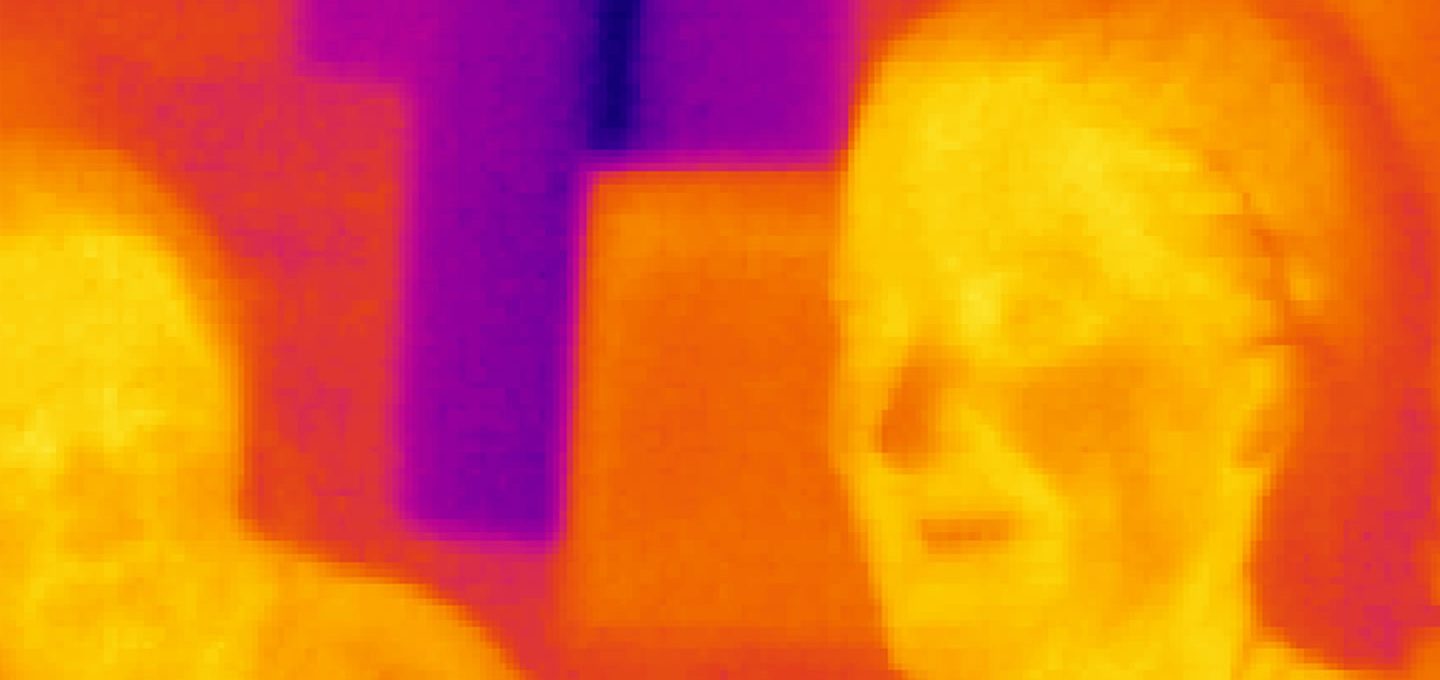Shortwave infrared (SWIR) cameras have a variety of uses within the industrial and scientific fields. Traditional digital cameras use Complementary metal–oxide–semiconductor (CMOS) image sensors to capture images within the visible spectrum of light, but SWIR cameras use shortwave infrared sensors to capture images beyond the infrared spectrum, creating high resolution imaging with strong contrast as the photons are reflected or absorbed by objects.
In order to capture infrared wavelengths of light, defined as in the range of the 0.9 – 1.7 μm wavelength, SWIR sensors are made from an Indium Gallium Arsenide (InGaAs). This alloy is relatively low-cost to manufacture and critical requires no cryogenics, and its use in SWIR sensors means some people use the terms SWIR camera and Ingaas camera interchangeably.
SWIR camera applications
SWIR cameras are used across a variety of sectors. In the automotive and pharmaceutical industries, manufacturers utilise the technology for quality control purposes due to the high resolution images that the sensors create, meanwhile the security and agricultural industries utilises the technology for inspection purposes, as the technology can help inspectors “see” through otherwise opaque materials.
Critically for security purposes, because SWIR cameras do not rely on visible light, SWIR cameras can be used 24 hours a day, which can help security personnel keep entries and an exits secure.
The history of infrared technology
Infrared was discovered in the early nineteenth century by amateur astronomer Sir William Herschel. Building on the work of Sir Isaac Newton, Herschel understood that that sunlight could be refracted through a prism and divided into separate chromatic components and hypothesized that the colours may contain varying levels of heat. To test his hypothesis, Herschel created an experiment where he passed sunlight through a prism and measured the temperature of the different colours using thermometers with blackened bulbs and placed two bulbs outside the spectrum as controls.
Herschel noticed that the temperatures recorded by the thermometers increased as he went through the visible spectrum of light through violet, blue, green, yellow, orange and red light. Following this pattern, he measured the temperature just beyond the red spectrum of light, and discovered that the heat produced here was highest of all, demonstrating that there was a form of “light” that was invisible to the human eye beyond red light. This “light” was dubbed infrared, from the Latin word infra (meaning below) and the English word red.
Image by Masgatotkaca

